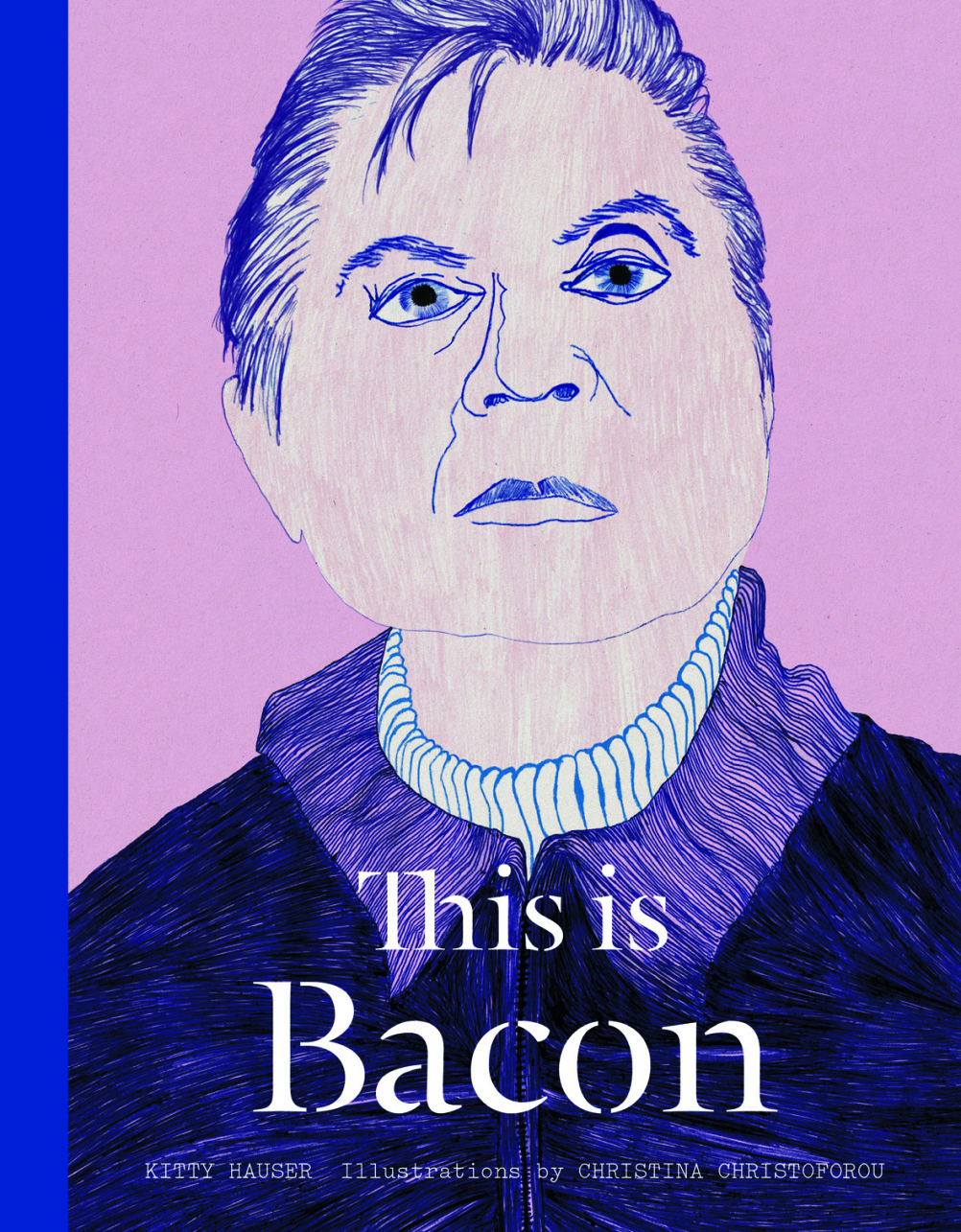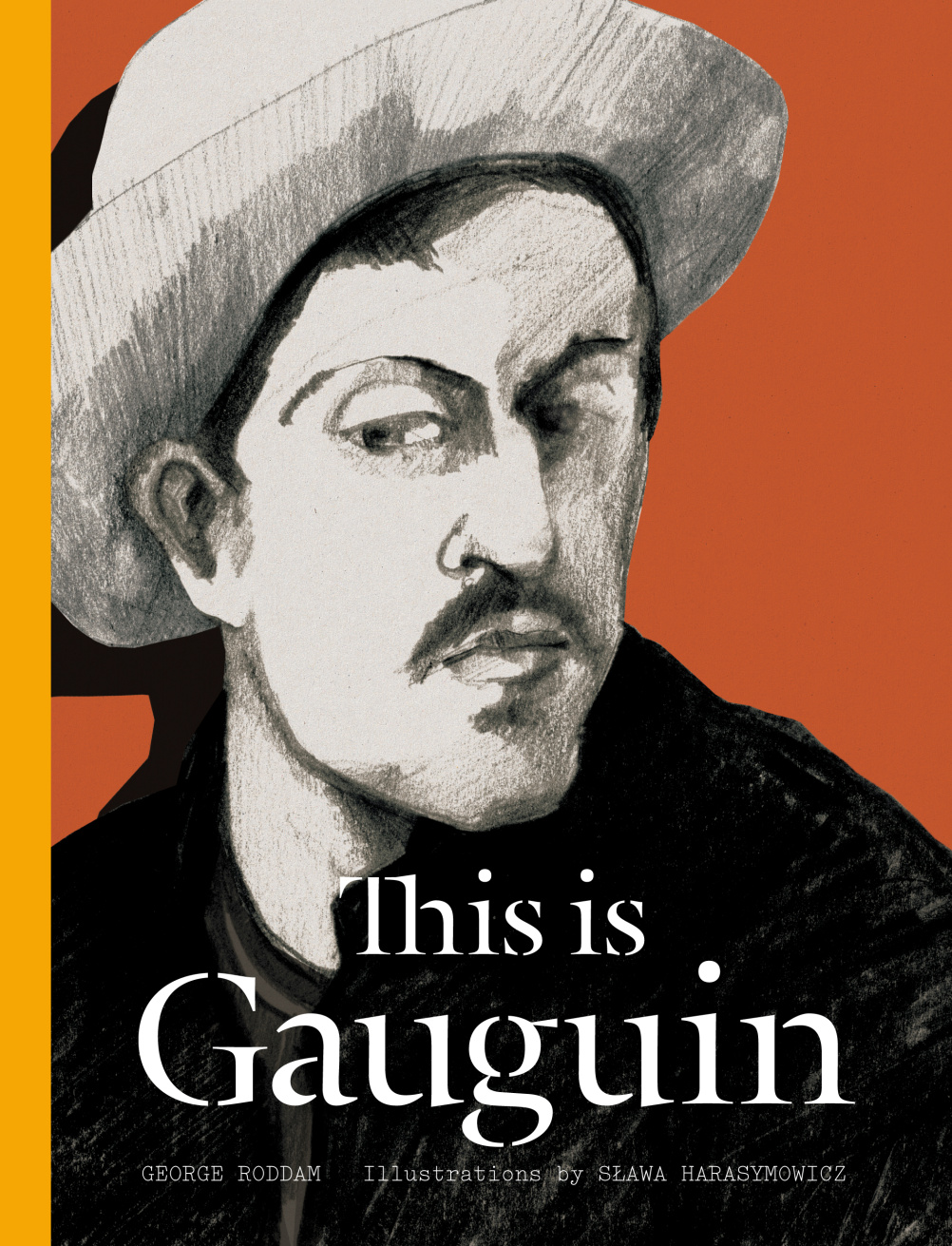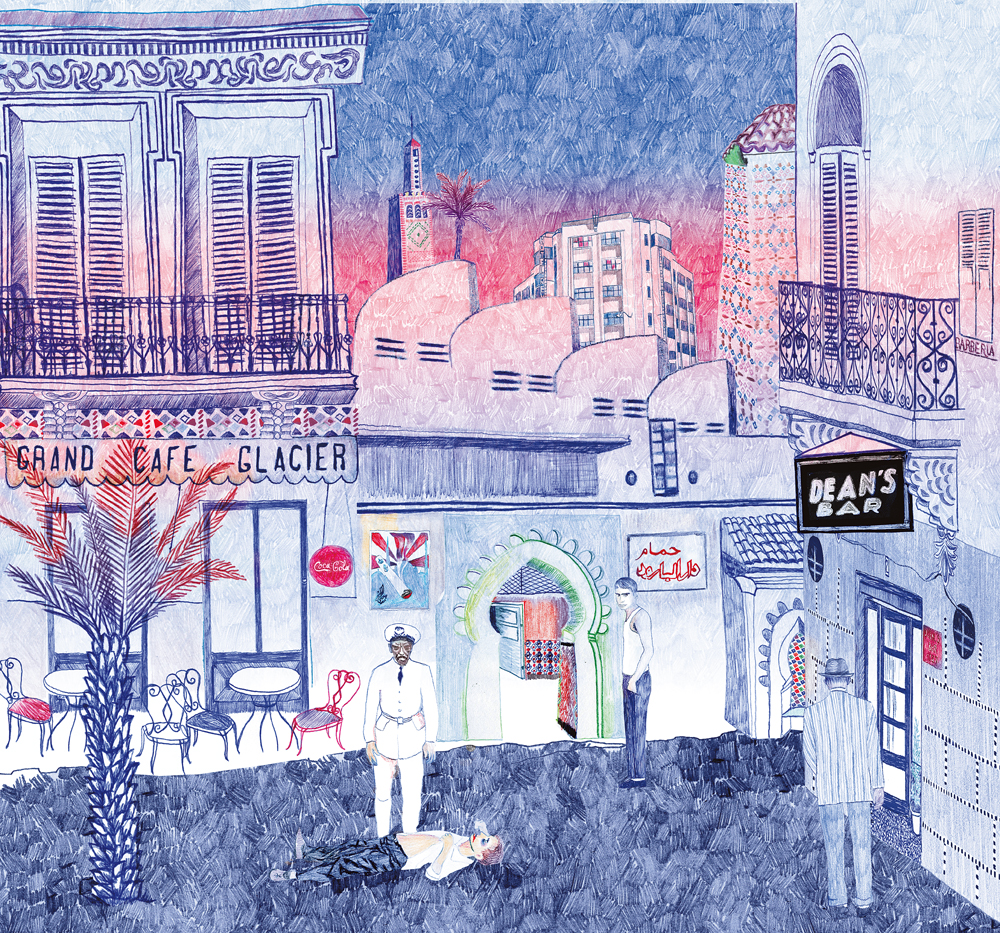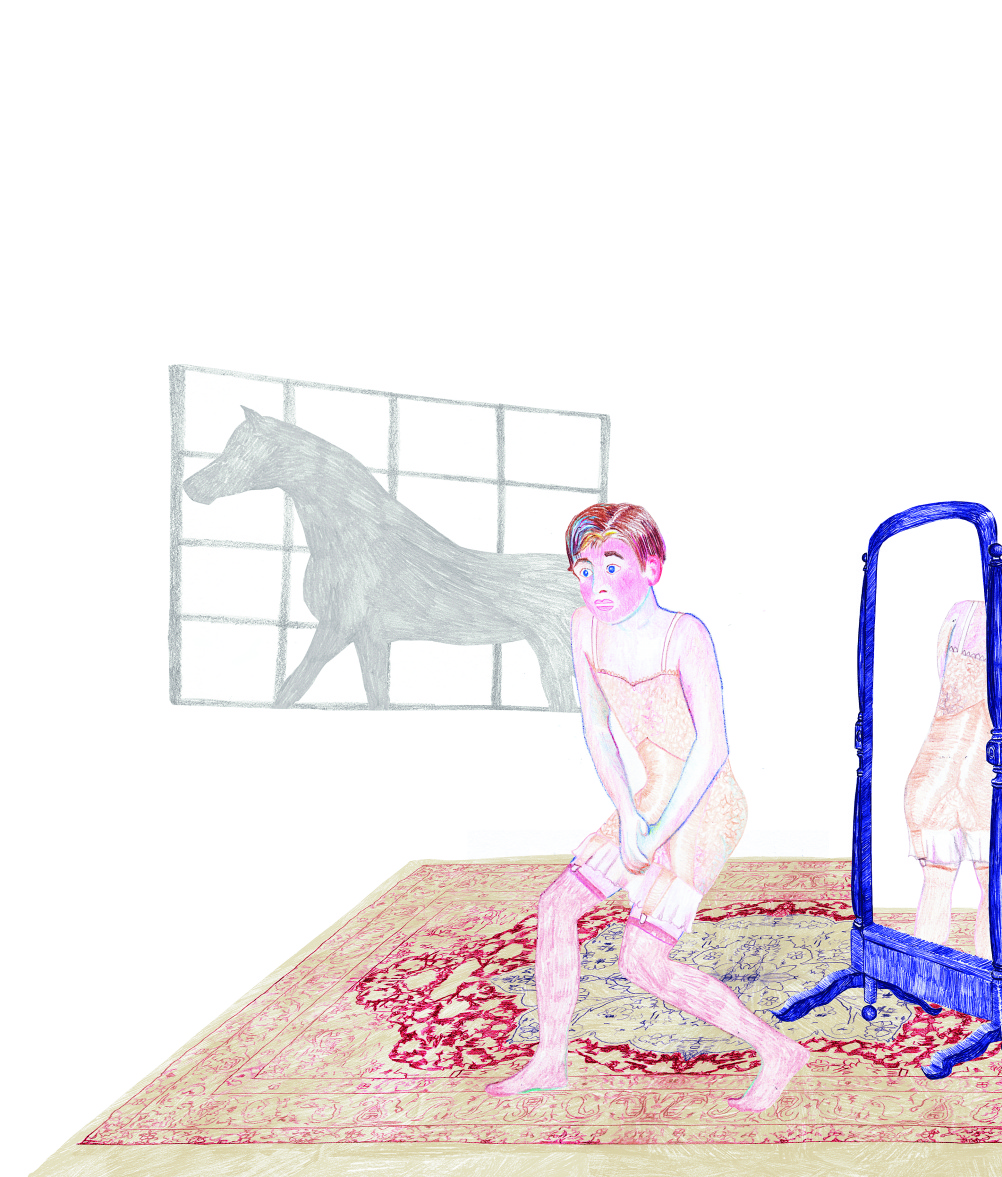Illustrating the life of Francis Bacon
Earlier this year, Andy Warhol, Salvador Dali and Jackson Pollock were metaphorically exhumed in a new series of illustration-led books about their lives.

Earlier this year, Andy Warhol, Salvador Dali and Jackson Pollock were metaphorically exhumed in a new series of illustration-led books about their lives.
These formed the first releases in publisher Laurence King’s This Is series of books, with design overseen by Angus Hyland of Pentagram, who is also art director at the publisher.

The next books in the series are This is Bacon by Kitty Hauser and This is Gauguin by George Roddam, with illustrations by Slawa Harasymowicz and Christina Christaforou respectively. Laurence King in-house designer Alex Coco says the design of the books aims to “promote a dialogue between the artwork and the illustration”.
We had a chat with Christaforou about her illustration work for the Bacon book.
Design Week: What are the considerations in illustrating for an art and design literate audience?
Christina Christaforou; My goal was to draw images that would be engaging for anyone to look at and explore for a while. I find that trying to predict people’s expectations can be a trap for me sometimes, I get confused and lose my own vision. Especially in this case, not having worked on anything even remotely similar before, I needed to feel as open as possible. I focused on the story that had to be told and I tried to draw scenes that were, most of all, atmospheric. My intension was that the reader would be provoked to spend time taking in all of the information; looking at the characters’ faces and wondering what they are thinking and becoming more and more curious about Francis Bacon’s persona.

DW: How did you go about researching the project?
CC: The research was a very big part of this project, perhaps as time-consuming as the drawing of it. In terms of places and objects, everything had to be accurate historically, in order to achieve an atmosphere that seemed genuine. So for example, for the double-page spread where we look at Bacon’s Soho from above during the Blitz, I used a lot of stock videos and various photographs of 1940s Soho in combination with Google Earth and tried to create the image that Kitty Hausser’s brief described – which was of a very dark and grey place with very few bright lights as evidence of a still existing night-life. In terms of the people I was illustrating, first I had to research the fashion and styling of each era; I tried to come up with something believable but without putting too much emphasis on it. Also, often I would look at film stills or old Hollywood pictures for inspiration, which helped me add a kind of theatrical quality to the characters, in the expressions on their faces and their body language; the scene of the gambling party is a good example of this. When it came to Bacon himself, I looked at a lot of videos of him, observing his body language which was very specific (and surely recognisable by some art-literate people) and trying to guess how he would behave in each scene I was drawing.
DW: How did your views of Bacon’s work inform the illustration style?
CC: I think it was more his life rather than his work that informed the tone of the illustrations. He was a man of contradictions, extraordinary and genius but brutal and masochistic and his life was equally fascinating as well as tormented. To depict this contradiction, I tried to avoid giving the illustrations a sombre tone , I thought it would be overly dramatic and not fitting for someone as witty as Bacon. Instead I tried to approach the subject with a subtle element of humour and lots of colour, and let the viewer draw their own conclusions about him.

DW: What inspired you?
His tormented childhood. I had this in mind a lot while trying to portray him in later life.
DW: Talk us through your working process.
CC: It depends on the project. This is Bacon was a collaborative project throughout. First I would discuss the brief with Kitty Hausser, and she would describe each scene and give me background information and we would discuss it. Then I would come up with an idea for the layout, thinking mainly about how close up the viewer is looking at each scene, because I think that makes a huge difference. For example, the scene where the teenage Bacon is discovered in his mother’s underwear is almost a portrait, because the most important thing to convey was his embarrassment. Then I would research the various elements of the scene and collect a visual archive to draw from. Then put everything together.

DW: If you could illustrate a book about any artists which would it be?
CC: I would love to illustrate the life of Frida Kahlo. Apart from the fact that she was such a fascinating human being, her story is full of colour, sex, flowers, amazing fashion as well as lots of injury, blood and medical procedures. I don’t think an illustration project gets much better than that for me.
This is Bacon and This is Gaugin are published by Laurence King Publishing, priced £9.95
-
Post a comment




